Class 4&5 Botany
16 May 2014
Class 4&5 are enjoying their Botany Main Lesson Block with lots of opportunities to get out and about for rich, experiential learning. Their work truly came to life today with a trip to the National Museum Cardiff to see mosses from the Museum’s herbarium as part of the fascinating new installation by Andrea Büttner.
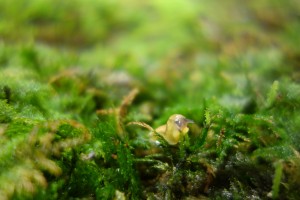
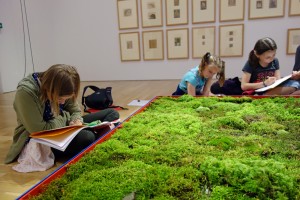
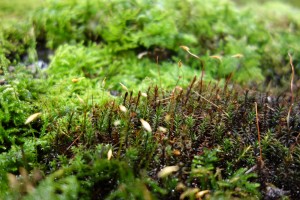
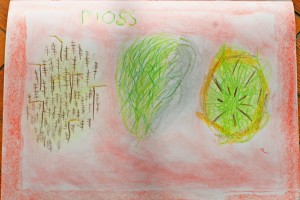 Botany in Class 5 forms part of an age-specific curriculum that allows children to understand how they are related to the kingdoms of nature. This begins in Class 4 with the study of the humans, followed by the study of animals. In Class 5 the children study their relationship to the plant kingdom. Finally in Class 6, the focus moves to the study of the mineral world with geology and mineralogy.
Botany in Class 5 forms part of an age-specific curriculum that allows children to understand how they are related to the kingdoms of nature. This begins in Class 4 with the study of the humans, followed by the study of animals. In Class 5 the children study their relationship to the plant kingdom. Finally in Class 6, the focus moves to the study of the mineral world with geology and mineralogy.
The Steiner approach to Botany attempts to take this scientific subject matter and imbue it with imagination. The beauty, balance and perfection in the physical form of the plants meet the Class 5 child perfectly.
The Class 5 Botany Main Lesson begins with the children exploring the different forms the dandelion takes during the course of the year: a small rosette of leaves in spring, a bright yellow flower in summer, a white ‘clock’ of seeds in autumn and an empty withered stem in winter.
Having taken in the whole plant, the children go on to look at the five main parts of a plant: root, stem, leaves, flowers and fruit.
This is followed by a journey through the worlds of algae, mosses, fungi, ferns and conifers, which collectively can be used to represent the way in which primitive plant forms have evolved over millions of years.
This developmental sequence can be related to child development with algae corresponding to a newborn baby, mosses to a toddler, ferns to a 6 year old child and conifers to an 11 year old.
This is built on later in the year by the study of the different botanical families and an introduction to the life processes that take place in plants, along with more detailed look at flowering plants and the process of pollination.
This re-visiting of a subject is part of the unique learning rhythm of Steiner Education, which works actively with the process of remembering and forgetting rather than seeing learning as simply input and output.
As the children grow and move up the school, they naturally encounter the development of each subject. Each time the child returns to a subject their experience broadens and deepens.
Students take most subjects every year in rotating blocks of three to four weeks (Main Lessons). This approach allows them to fully immerse themselves in a subject with freshness and enthusiasm.
As students encounter subjects at different levels of maturity and from different angles, they appreciate that learning in any field is an ongoing and intriguing process.
This rhythm of immersion in a theme, such as as Botany, then allowing it to settle, to sink down into the background, is a key feature of Steiner education.
Just as experiences form the day are ‘processed’ by the mind during sleep, so too the periods between learning deepens and enhances the learning experience and helps form a different, more habitual relationships to what is learnt.
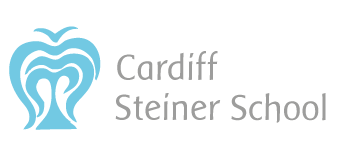
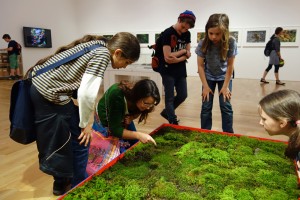
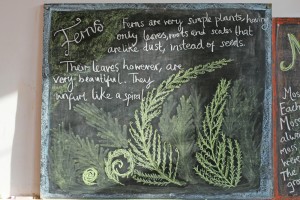
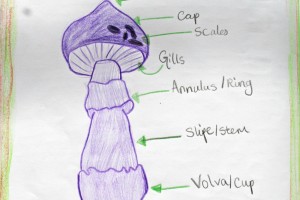
Leave a Reply
Want to join the discussion?Feel free to contribute!